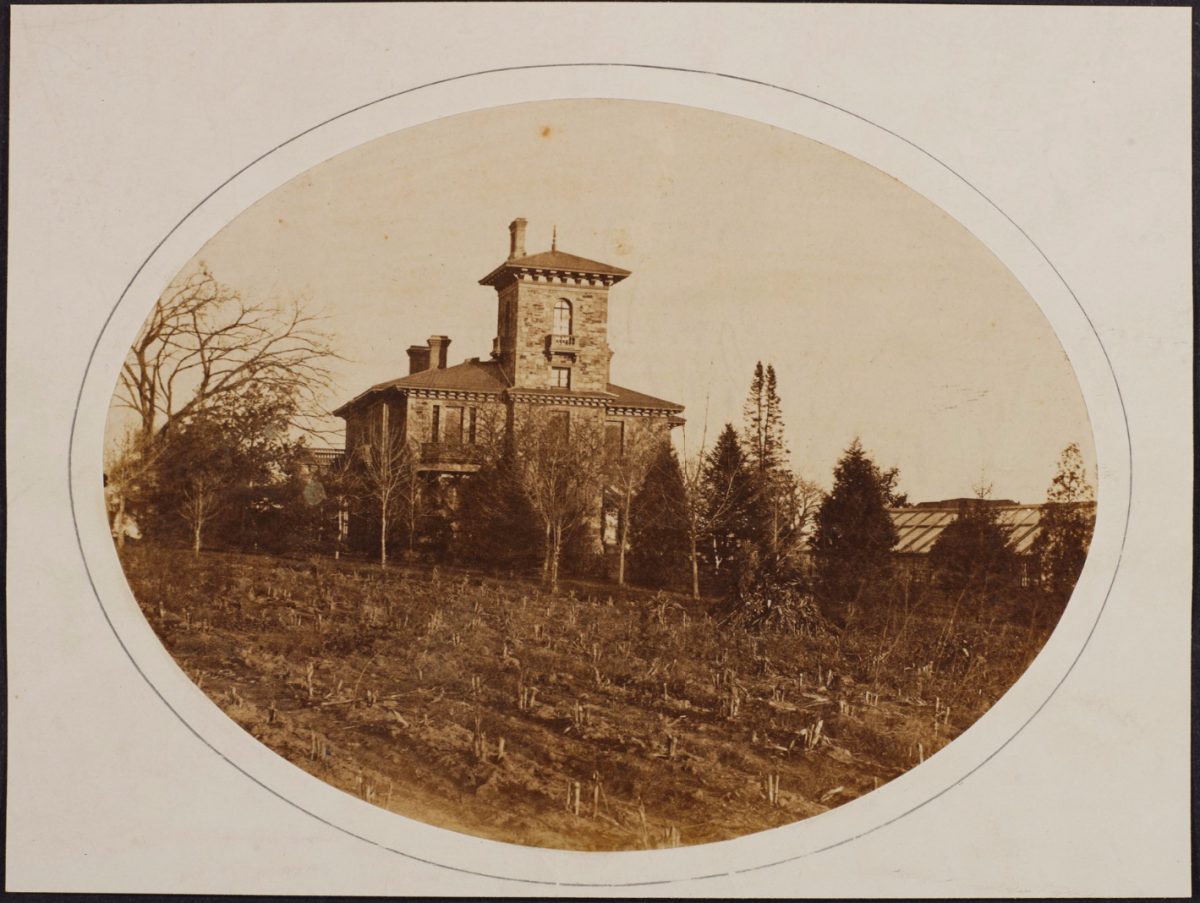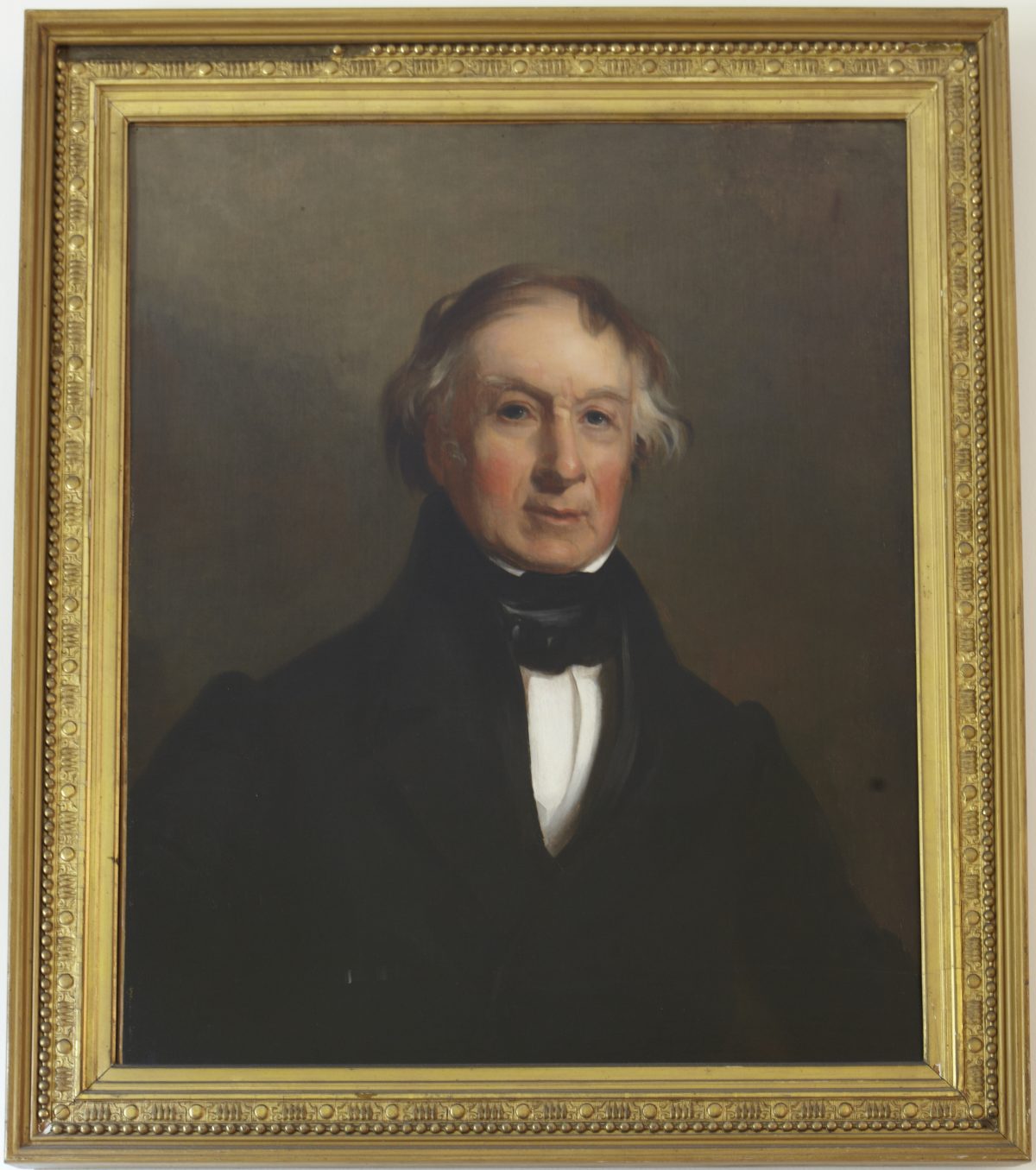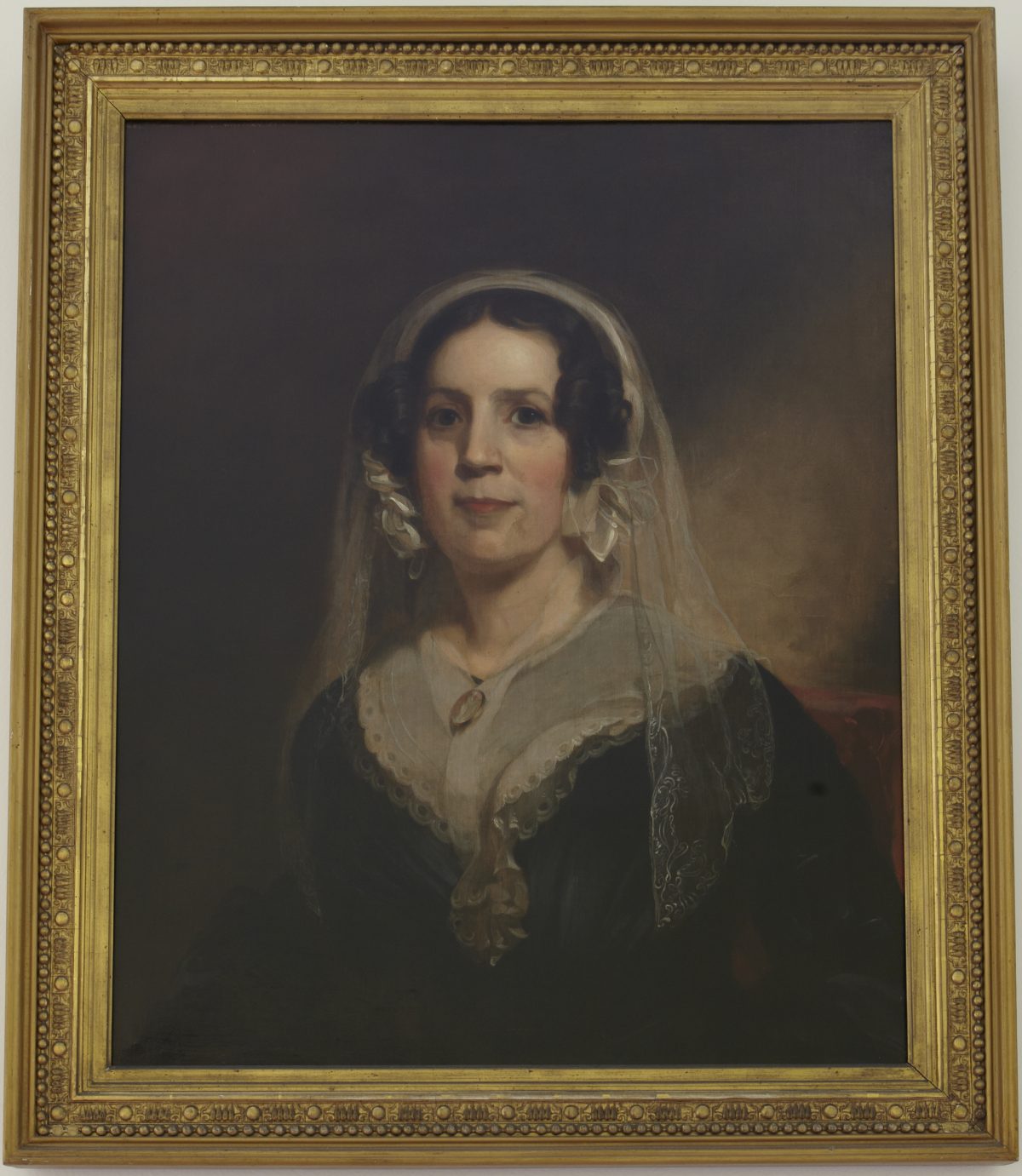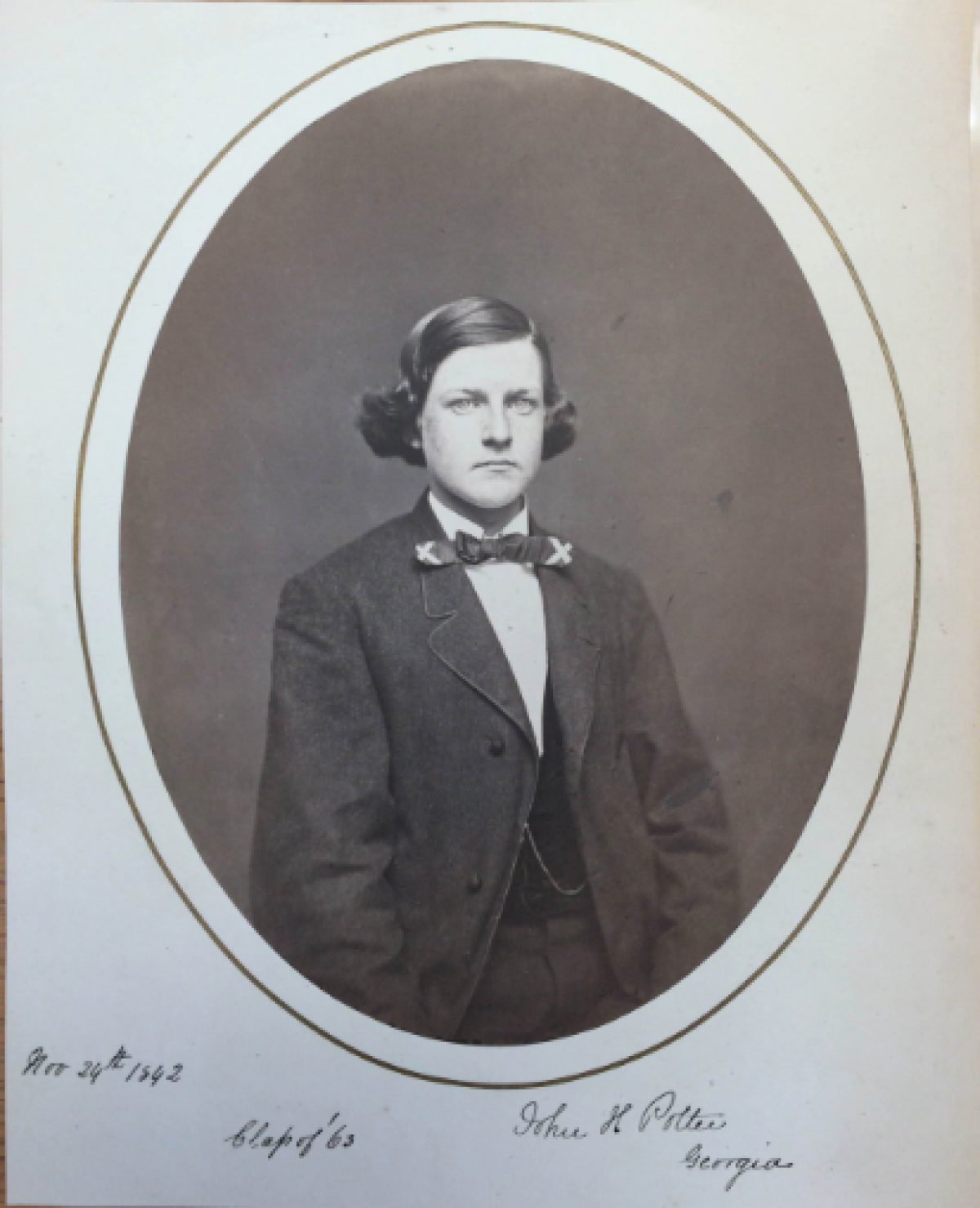[1]
Maria Potter Higginson Manning, The Descendants of John Potter: 1765-1906 (Dedham, MA: 1906), 1.
⤴
[2]
1790 Federal Census, accessed 14 February 2017, www.ancestry.com.
⤴
[3]
1800 Federal Census, accessed 14 February 2017, www.ancestry.com.
⤴
[4]
Georgia Writers’ Project, Savannah River Plantations, ed. Mary Granger (Spartanburg, SC: Reprint Co., 1947), 224.
⤴
[6]
John Frelinghuysen Hageman, History of Princeton and Its Institutions, 2nd ed. (Philadelphia: J.B. Lippincott & Co, 1879), 313.
⤴
[7]
Hageman, Princeton and Its Institutions, 314; Kathryn Fleur, “Princeton University’s Prospect: Ties to Slavery" (unpublished undergraduate essay, Princeton University, 2014), 15.
⤴
[8]
1830 Federal Census, West Windsor, Middlesex County, New Jersey, accessed 14 February 2017, www.ancestry.com.
⤴
[9]
Georgia Writers’ Project, Savannah River Plantations, 230.
⤴
[10]
Ibid.; Hageman, History of Princeton and Its Institutions, 314.
⤴
[11]
1830 and 1840 Federal Censuses, accessed 14 February 2017, www.ancestry.com.; Alfred Hoyt Bill, Constance M. Greiff, and Walter E. Edge, A House Called Morven: Its Role in American History, 1701-1954 (Princeton, NJ: Princeton University Press, 1954), 99; 1850 Federal Census, Slave Schedules, District 12, Chatham, Georgia, accessed 17 July 2017, www.ancestry.com.
⤴
[12]
Hageman, History of Princeton and Its Institutions, 314.
⤴
[13]
“Arrest of another Fugitive in Boston,” Alexandria Gazette, 7 April 1851, 2.
⤴
[14]
“Correspondence of N.Y. Herald,” Milwaukee Daily Sentinel and Gazette, 17 April 1851, 2; “Excitement in Boston,” Florida Republican, 17 April 1851, 2; Leonard W. Levy, “Sims’ Case: The Fugitive Slave Law in Boston in 1851,” The Journal of Negro History 35, no. 1 (1950), 55. For more on the Sims Case, see: Gordon S. Baker, Fugitive Slaves and the Unfinished American Revolution.
⤴
[15]
“News of the Day,” Alexandria Gazette, 7 June 1851, 2.
⤴
[16]
W. Barksdale Maynard, “Princeton in the Confederacy’s Service,” Princeton Alumni Weekly, March 23, 2011, accessed 14 February 2017, https://paw.princeton.edu.
⤴
[17]
Photograph of John H. Potter, Albumen Print, Historical Photograph Collection: Alumni Photographs Series, Box MP20, Princeton University Archives, Department of Rare Books and Special Collections, Princeton University Library (hereafter PUA.RBSC.PUL); “John H. Potter,” Undergraduate Alumni Records, Box 123 PUA.RBSC.PUL.
⤴
[18]
Maria Potter Higginson Manning, The Descendants of John Potter: 1765-1906 (Dedham, MA: sn, 1906), 4.
⤴
[19]
John Frelinghuysen Hageman, History of Princeton and Its Institutions, 2nd ed. (Philadelphia: J.B. Lippincott & Co, 1879), 315.
⤴
[20]
Manning, The Descendants of John Potter, 4, 10; “James Potter,” Undergraduate File, Undergraduate Alumni Records, Box 177, PUA.RBSC.PUL.
John H. Potter’s grandson, and James Potter II's son, John Hamilton Potter II also attended Princeton as part of the class of 1910.
⤴
[21]
“Obituary,” The Daily Age, 5 September 1864, 2.
⤴










